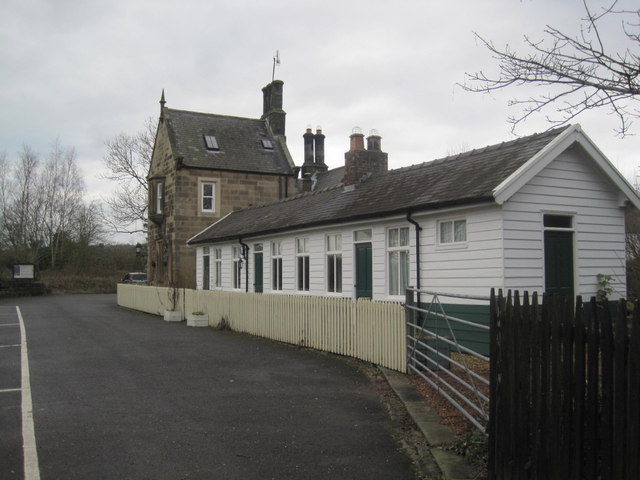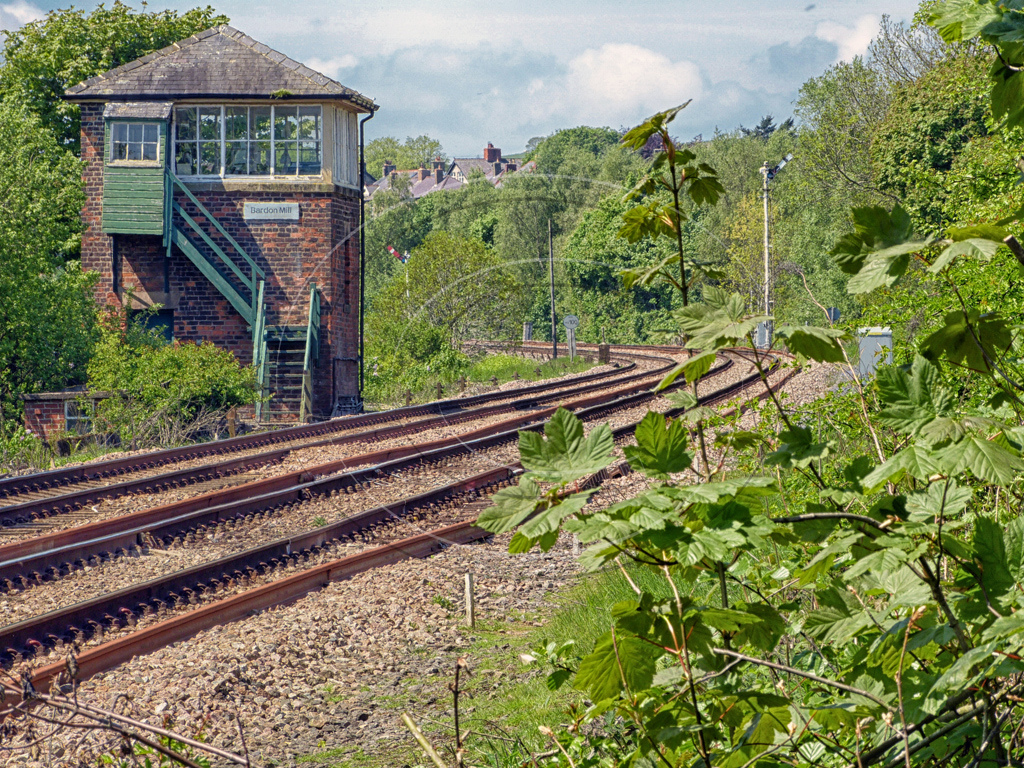Topics > Industry and Work > Keelman > Keels on the Tyne - historical account
Keels on the Tyne - historical account
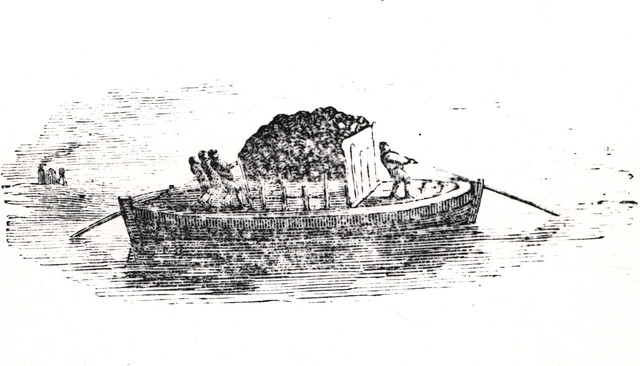
Extract from: The Life of George Stephenson and of his son Robert Stephenson, by Samuel Smiles, 1881.
But a great deal of the coal shipped from the Tyne comes from above-bridge, where sea-going craft can not reach, and is floated down the river in "keels," in which the coals are sometimes piled up according to convenience when large, or, when the coal is small or tender, it is conveyed in tubs to prevent breakage. These keels are of a very ancient model - perhaps the oldest extant in England: they are even said to be of the same build as those in which the Norsemen navigated the Tyne centuries ago. The keel is a tubby, grimy-looking craft, rounded fore and aft, with a single large square sail, which the keel-bullies, as the Tyne water-men are called, manage with great dexterity; the vessel being guided by the aid of the "swape," or great oar, which is used as a kind of rudder at the stem of the vessel. These keelmen are an exceedingly hardy class of workmen, not by any means as quarrelsome as their designation of "bully" would imply - the word being merely derived from the obsolete term "boolie," or beloved, an appellation still in familiar use among brother workers in the coal districts. One of the most curious sights on the Tyne is the fleet of hundreds of these black-sailed, black-hulled keels, bringing down at each tide their black cargoes for the ships at anchor in the deep water at Shields and other parts of the river below Newcastle.
Keels on the Tyne < Smiles, 1881 > Wylam

Co-Curate Page
River Tyne
- Overview About the Tyne The Tyne is a major river in North East England, formed by the confluence of the River North Tyne and the River South Tyne, which converge …
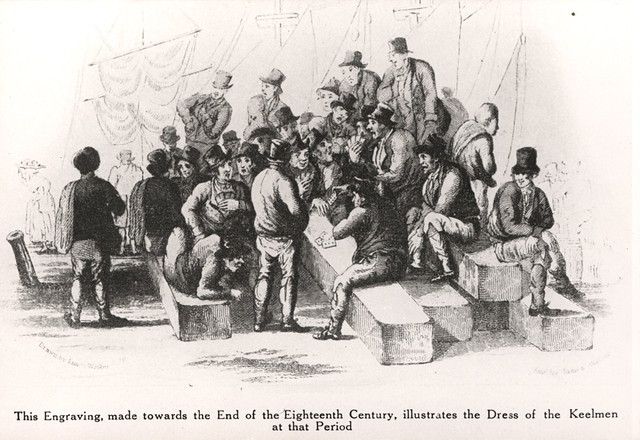
Co-Curate Page
Keelman
- Overview About Keelmen The Keelmen worked on keels, large wooden shallow-draught boats, which carried coal from the river banks out to waiting collier ships. The keelmen working on the Tyne and …
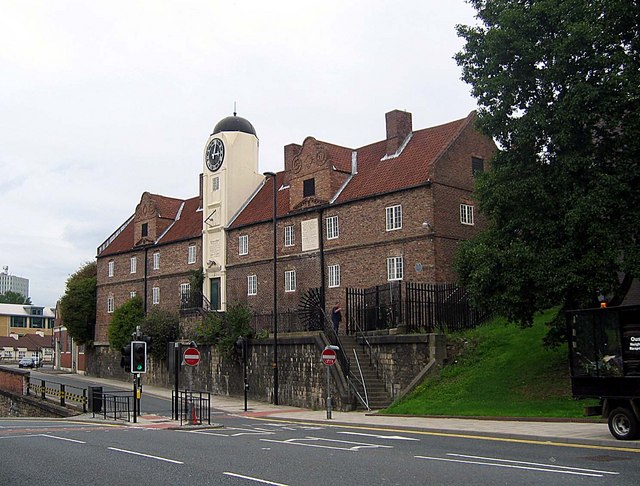
Co-Curate Page
Keelman's Hospital
- Overview Map Street View Keelmen’s Hospital on City Road in Newcastle was built in 1701. It was built by the keelmen of Newcastle as an alms house for sick and …


Co-Curate Page
River Tyne
- Overview About the Tyne The Tyne is a major river in North East England, formed by the confluence of the River North Tyne and the River South Tyne, which converge …

Co-Curate Page
Keelman
- Overview About Keelmen The Keelmen worked on keels, large wooden shallow-draught boats, which carried coal from the river banks out to waiting collier ships. The keelmen working on the Tyne and …





